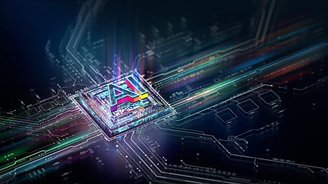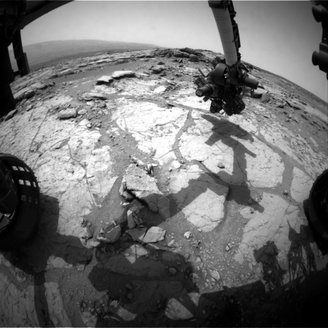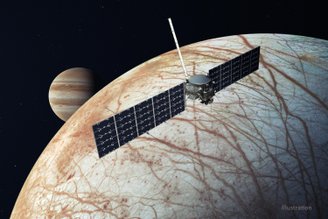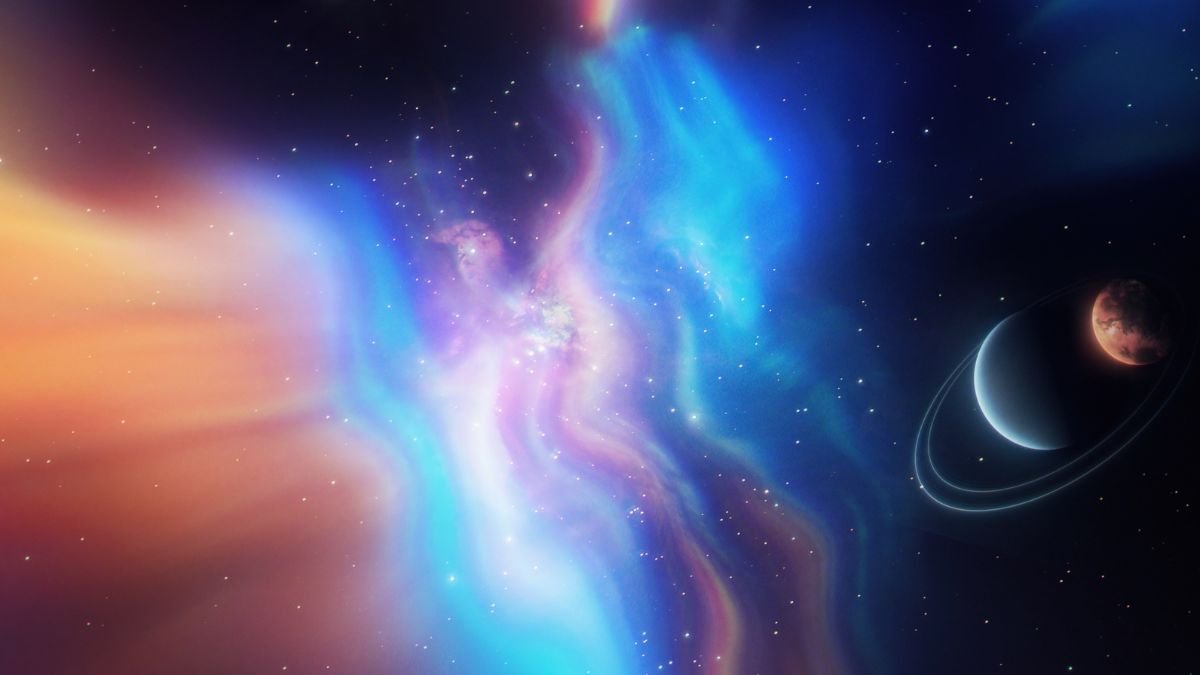Artificial intelligence (AI) is here to stay and it is undeniable that its existence contributes in many ways to making human life easier. Among the many areas that benefit from this technology; Astronomy has taken important steps towards knowledge of the universe.
While our vision was previously limited to tiny dots and blurry data on the screen, today we can get clearer, higher-resolution images of how our universe actually is and works. See how artificial intelligence works to help us figure out the universe!
Artificial intelligence in the universe
The field of astronomy poses several challenges to researchers, especially regarding observations and distances. How can we tell from 1.2 million kilometers away whether a speck in the image of Saturn is just a blur in the image or another, still unknown moon?
By using artificial intelligence not only on the ground but also in telescopes, it is possible to perform this recognition in a more reliable and, above all, more agile way.. By generating millions of data points every year, someone has to do the hard work of separating the interesting from the irrelevant. This is where artificial intelligence comes into play.

AI is trained based on data collected and processed over all the analog years it has studied the universe.
Features, classifications, data, images, everything is infused with intelligence to learn, recognize and categorize found data. Moreover, the speed at which this happens is much faster than an astronomer can do. After all, counting pebbles in space can be quite tiring.
Who will calculate the parallax here?
The data on the screen, who will calculate and process the data? Obviously all data is subjected to critical analysis by a human, but raw database can be realized by artificial intelligence.
It is fed with parameterized data and processes significant amounts of information in a matter of hours. An example of the magnitude of the data is the Vera C. Rubin observatory under construction in Chile. The former Large Synoptic Survey Telescope (LSST), after completion, according to the Space.com website It will be able to produce 60 petabytes of data in images of the universe.

If you have a computer with terabytes of memory, you’ll need 60,000 of the same memory as yours to hold all the data. Imagine how much machine capacity and human labor would be needed to handle all this! But the use of artificial intelligence goes beyond computation.
Eyes on the ends of the universe
The use of intelligence also helps man virtually reach the planets and approach the end of our Solar System.
Human beings have basic needs such as oxygen and water to survive. Elements that are not commonly found in the galaxy. But robotic probes need a good battery and know how to recognize “hazards” like holes, explosions, and traps that could trap them in some way.

If you’re amazed that your robot vacuum cleaner can get out of tough corners and return to base when the battery is low, imagine an AI that can explore the universe. Landing, stay, data capture and the existence of humans in places so far from our planet is only possible thanks to artificial intelligence..
A clearer image please
Another use of artificial intelligence in astronomy is image processing. Astrophotos of the Solar System and its surroundings are not what you think. There’s no colour, there’s a lot of scribbling and it’s not very understandable. This is what some photos of our universe look like.

However, AIs can sort and recognize wavelengths with their respective color spectrums. They can “clean up and define” the image, improving the resolution and resulting in the beautiful photos we see. It is important to say this intelligence does not create the image, it just helps improve definition.
Is this the end of Astronomers and Astrophysicists?
Artificial intelligence is an excellent analysis and prediction tool, but the specificity of human thought is still extremely necessary for the final result of a given data.

There’s a lot to improve, and although it’s close to a perfect script, We cannot forget that the limitations of artificial intelligence go hand in hand with the capabilities of those who create them..
However, it is impossible not to give credit to this tool due to its potential for new discoveries and optimization in the processing of data and images and the possibility of exploring our Solar System.
Keep up to date with technology and science (or any other notebook) on TecMundo. If you wish, have the opportunity to meet Cryobot, the NASA robot that will search for life on the moons of Jupiter and Saturn.
Source: Tec Mundo
I’m Blaine Morgan, an experienced journalist and writer with over 8 years of experience in the tech industry. My expertise lies in writing about technology news and trends, covering everything from cutting-edge gadgets to emerging software developments. I’ve written for several leading publications including Gadget Onus where I am an author.











